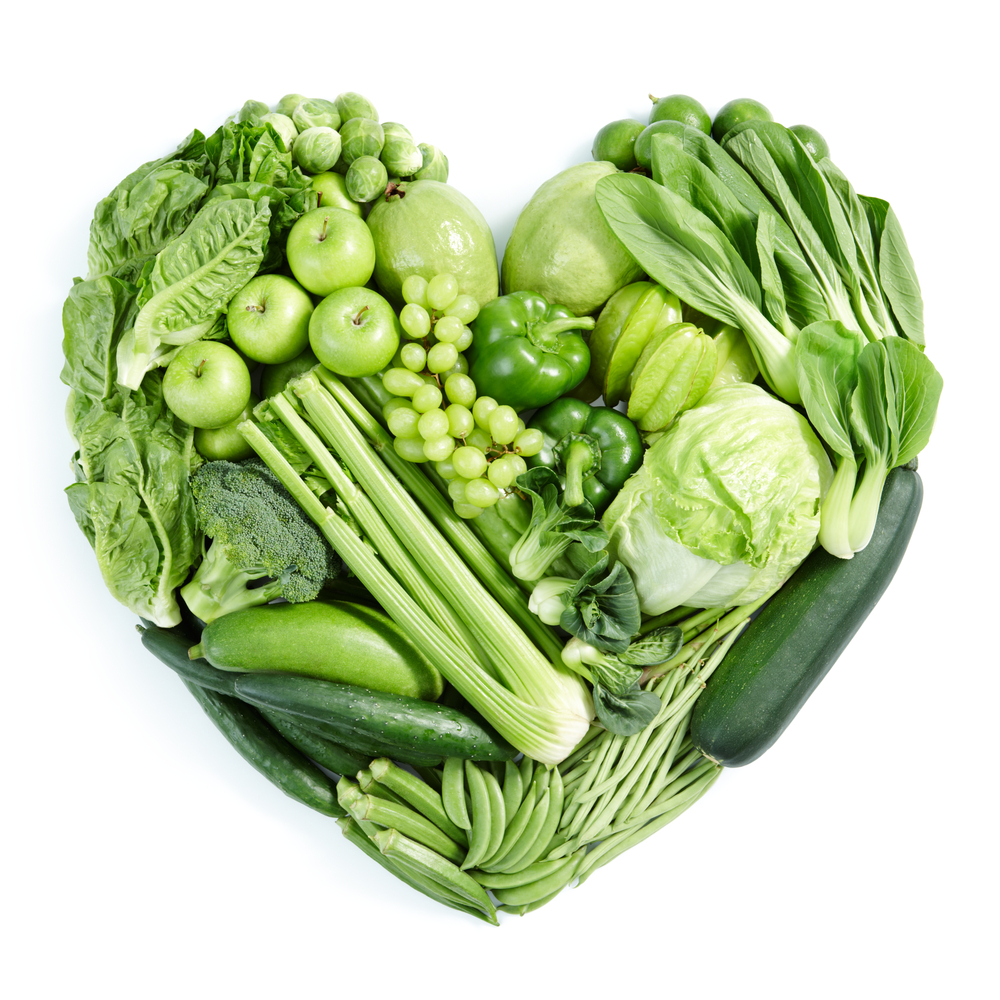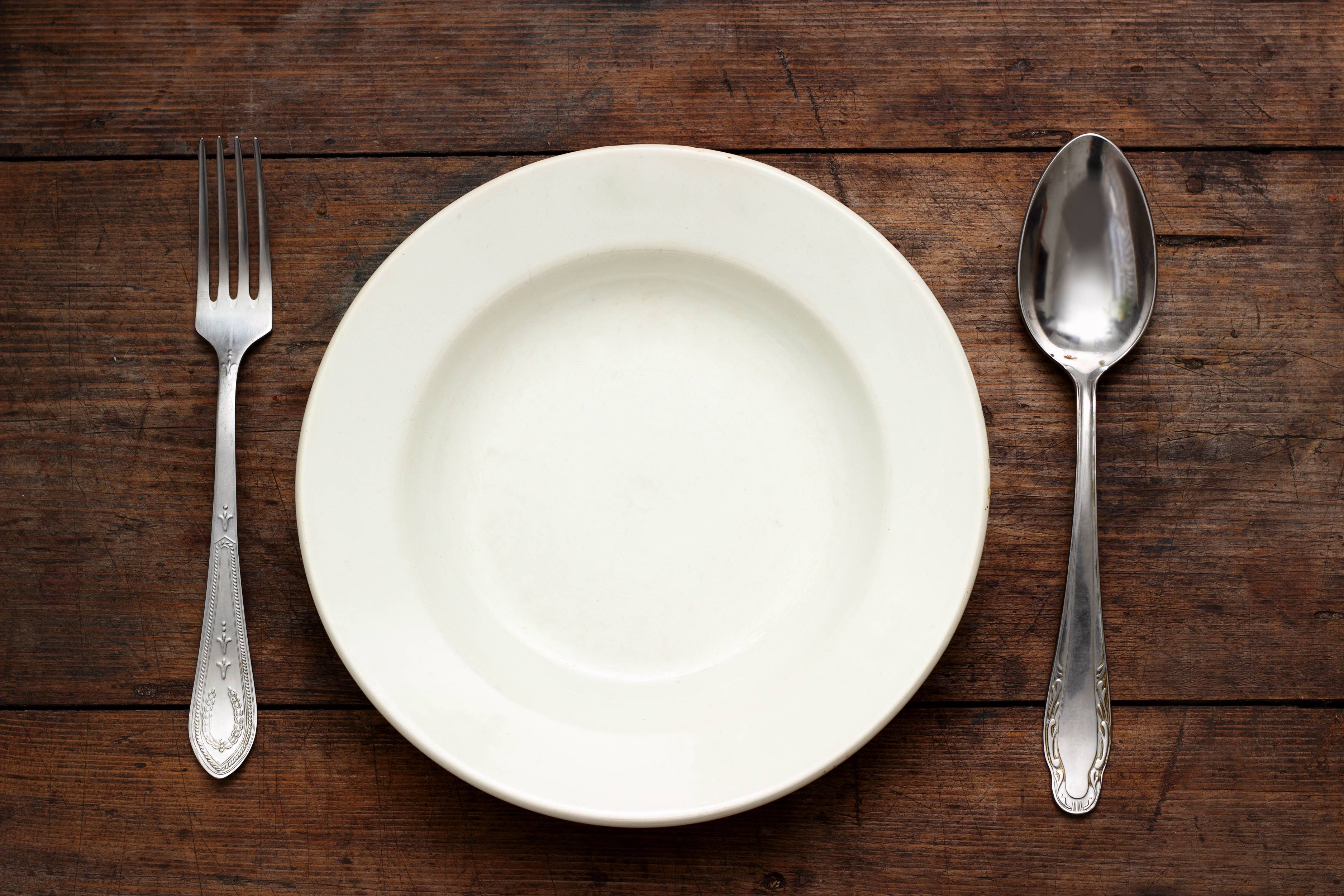Learn about how a low-GI diet can help you reach your weight loss goals.
了解低升糖飲食如何助你實現減重目標
Low-glycemic-impact eating is one of the four elements of TLS® Weight Loss Solution. To understand what low-glycemic-impart eating is, it is important to learn about the glycemic index (GI). The glycemic index (GI) is a ranking system for foods containing carbohydrates, which measures how quickly these foods will cause your blood sugar to rise¹. Low-GI foods (GI 0-55) produce little to no fluctuations in blood sugar and insulin levels. Foods with a high GI (GI 70 and above) including things like white rice, potatoes, most breads, cake, candy, popcorn and cookies rapidly raise blood sugar levels. When blood sugar rises quickly, the body will increase the production of a hormone called insulin to absorb blood sugar for energy or storage². Thus, maintaining a stable blood sugar helps the body to stay in fat-burning mode. By changing your diet and eating low glycemic impact, you will feel energized, alert, and productive.
低升糖飲食是TLS®健康生活纖營計劃的四大要素之一。要了解甚麼是低升糖飲食,必須先了解何為升糖指數(GI)。升糖指數(GI)是用於計算含有碳水化合物的食物的評級系統,可以測量這些食物促使血糖上升的速度¹。低升糖食物(GI 0-55)很少,甚至不會影響血糖和胰島素水平。高升糖(GI 70及以上)的食物,包括白米飯、土豆、大部分麵包、蛋糕、糖果、爆米花和餅乾等食物,會迅速提高血糖水平。當血糖迅速上升時,身體會產生名為胰島素的激素,用以吸收血糖作為能量或儲存2。因此,維持穩定的血糖水平有助於身體保持在脂肪燃燒的模式。通過改變飲食習慣和減少對血糖的影響,你將感到精力充沛、更具警覺性和富有成效。
A low-glycemic diet consists of fruits, vegetables, beans and legumes, along with lean proteins from both meat and dairy sources. This diet consists of healthy fats from foods such as oils and nuts.
低升糖飲食包括水果、蔬菜和豆類,以及來自肉類和乳製品的瘦蛋白質,此飲食方式含有健康脂肪的食物,如優質的油類和堅果。
There are many health benefits of eating a low-glycemic-impact diet and following the TLS Weight Loss Solution program. Visit hk.tlsSlim.com to complete a weight loss profile to find which TLS Weight Loss Program is right for you. Change your lifestyle forever with TLS!
進行低升糖飲食並遵循TLS健康生活纖營計劃,對健康有很多益處,立即瀏覽hk.tlsSlim.com填寫體重管理問卷,以找出適合你的TLS減重計劃。用TLS來永遠改變你的生活模式!
Reference:
- American Diabetes Association. http://www.diabetes.org/food-and-fitness/food/what-can-i-eat/understanding-carbohydrates/glycemic-index-and-diabetes.html
- Harvard School of Public https://www.hsph.harvard.edu/nutritionsource/carbohydrates/carbohydrates-and-blood-sugar/






Comments (0)